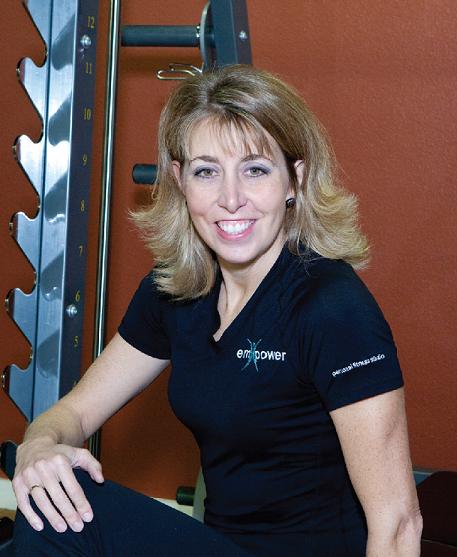 As new fitness professionals, we work to improve the health and performanceour clients' bodies. Our primary focus is on forcing the body to adapt toincreasing workloads by building muscle and burning fat. That, we believe, iswhat our clients expect from us.
As new fitness professionals, we work to improve the health and performanceour clients' bodies. Our primary focus is on forcing the body to adapt toincreasing workloads by building muscle and burning fat. That, we believe, iswhat our clients expect from us.As we become more experienced, we realize that we must train our clients'minds as much, if not more, than we train their bodies. We find no matter howgreat a workout we deliver while they're with us, if they don't believe successis possible, don't have confidence in themselves, don't focus on their goals anddon't replace negative self-talk with empowering words, they will derail. Theirbehaviors -- dictated by what's going on in their minds -- will sabotage anyforward momentum they see in the gym.
Experience teaches us that the body and mind aren't really separate. To achievewellness, you must have supportive harmony in both. We must address bothmind and body in any exercise program, not just yoga, Pilates or any other disciplinewe traditionally think of as "mind-body." To leave the mind or the bodyout of the health formula for any client is to give them only half the equation.This mind and body issue of PFP delivers ways you can address the mindsof your clients so that you can create bigger transformations in their bodies.
Through topics like emotional intelligence, motivating clients and meditationand de-stressing clients, we give you the other half of the equation.Uniting brain and muscle cells everywhere,
Shelby







